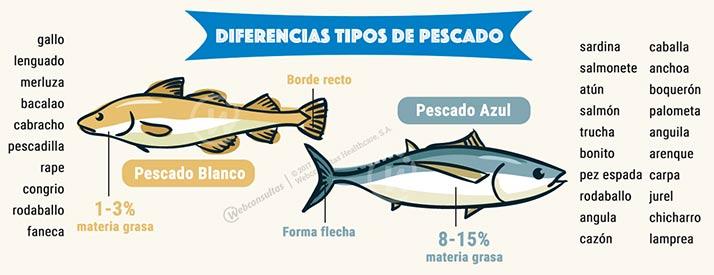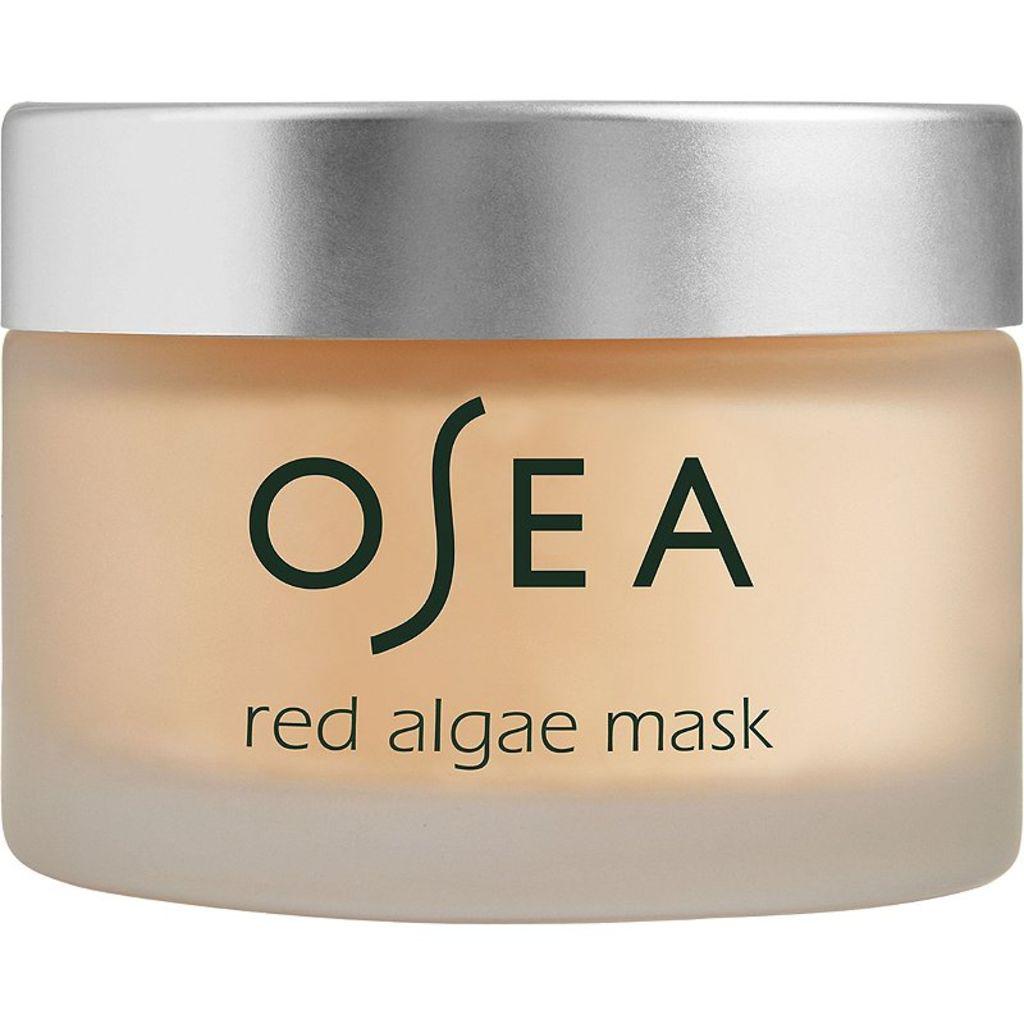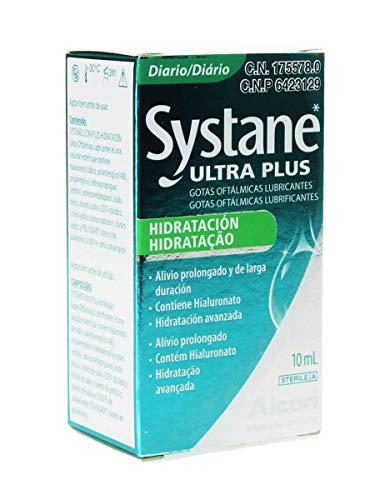How to differentiate between white fish and blue fish
Each Spaniard consumes an average of 22.53 kilos of fish, preserves and shellfish per year. This makes Spain the second country in the world in terms of fish intake per inhabitant and year, after Japan.
Together with the Portuguese, Lithuanians and Scandinavians, we are the Europeans who consume the most.
Thanks to its richness in protein, vitamins, minerals and omega-3 fatty acids, seafood is essential in our diet, with the added value of having a low caloric intake.
RECOMMENDED RECIPES
The difference between white and blue fish is determined by the amount of fat they have. Blue fish, also called fatty, offer a fat content of more than 5%, while white fish does not reach 2%.
Their caudal fins also allow them to be differentiated: blue fish have an arrow-shaped tail, while white fish have a straight or fan-shaped tail. Let's get to know them better.
White fish
- Most have white meat and only 2% fat
- A medium serving of white fish of about 100-110 g provides 120 kcal .
- Sea bream, sea bream, cod, scorpionfish, sea bass, megrim, monkfish, sole, redfish and haddock are white fish
Features

Most of them have white meat, they are easier to digest and have fewer calories than the blue ones, because their fat content is lower, 2%. In white fish the edge of the tail is straight, flat, rounded or fan-shaped.
Where it lives
White fish find their food near where they swim, so they don't need to move and, being sedentary, they don't need to accumulate fat to make long trips. They live in waters near the bottom. Some rock fish, such as red mullet, fall between white and blue, as they are considered semi-fatty.
Benefits
RECOMMENDED RECIPES
The most common ones
The white fish most consumed in Spain are sea bream, sea bream, cod, scorpionfish, sea bass, rooster, pangasius, turbot or monkfish, sole, redfish and haddock.
Blue fish
- Blue fish have between 5% and 15% intramuscular fat.
- The fat they provide is unsaturated, including Omega 3, recommended to take care of the heart.
- In this group are anchovies or anchovies, tuna, albacore, sardines, mackerel, salmon, pomfret, swordfish, elvers, eel and herring
Characteristics
Blue fish can have up to 15% intramuscular fat (under the skin). It is a lot, although it is mostly polyunsaturated fat that has multiple benefits for the body.
Where it lives
They are called blue because they live in very cold and shallow water, which gives their skin a bluish hue. These species need to accumulate more fat to use more energy in their development and metabolism, either for the long migrations they carry out in their life cycle or because they are more active than whites and require swimming with greater power and speed through their habitats.
RECOMMENDED RECIPES
Benefits
The most common
The most common are anchovies, tuna, white tuna, sardines, mackerel, dogfish , mackerel, pomfret, swordfish, eel, eel, salmon, mackerel, herring and conger eel (like sea bream or mullet, it is considered semi-fat depending on the season).

![47 best antiage nutritive cream in 2022 [based on 326 reviews]](https://website-google-hk.oss-cn-hongkong.aliyuncs.com/drawing/article_results_6/2022/2/27/1918fc37c66ad30564173e69d9df88a0.jpeg)








